ज्वालासंभूतमहोरथंतेजोऽमृतयोभूतं।
शिवनेत्राग्निजातं दैत्यंब्रह्मवाक्यनियमितं॥
(“Born from the fiery brilliance of Shiva’s Third Eye, Jalandhar emerged as a mighty force destined by Brahma’s word to meet his end at the hands of Shiva.”)
Jalandhar, born from the blazing fire of Shiva’s third eye, became an invincible demon king, feared across all three worlds.
When the gods failed to stop his rampage, it was Shiva, the destroyer, the protector, and the ultimate yogi, who intervened.
This article explores the origin of Jalandhar, his meteoric rise to power, and the epic battle between Lord Shiva and Jalandhar.
It is said that merely listening to this story with devotion can help burn past karmas and awaken inner humility.
Let’s journey into this powerful legend that reminds us, when ego rises too high, only Mahadev’s trident can restore balance.
The Fiery Birth of Jalandhar: Shiva’s Wrath Meets the Ocean
The birth of Jalandhar, as told in the Shiva Purana, isn’t just an origin story. It’s a cosmic event revealing the divine balance between creation and destruction.
It began when Indra and his guru Brihaspati were en-route to Mount Kailasha and encountered a naked ascetic in deep meditation. Unaware it was Lord Shiva in disguise, Indra, blinded by pride, ordered the yogi to move. When met with silence, he raised his Vajra (thunderbolt) to strike. Instantly, Shiva’s power froze Indra mid-action, and his Third Eye began to open, unleashing a blaze capable of destroying the cosmos.
Recognizing the divine presence, Brihaspati begged for forgiveness. Shiva, moved by humility, turned his fiery gaze away, yet the fire could not go unused. He cast it into the ocean.
From the disturbed depths emerged a radiant child, glowing with the force of both fire and water. His cries reached Lord Brahma, who foresaw his destiny: the boy, named Jalandhar- 'he who is born of water'; would grow into an invincible asura, destined to challenge the gods. And only Shiva, his creator, could end him.
Jalandhar’s birth reminds us that even divine wrath serves a higher purpose. No matter how powerful one becomes, ego and adharma are always met with divine justice. In the grand play of karma, even a demon’s birth is part of dharma; set in motion by the will of Mahadev.
The Rise of Jalandhar: A Tale of Power, Ego, and Cosmic Consequences
From the moment Jalandhar emerged from the sacred fire cast into the ocean by Lord Shiva, his destiny was set to reshape the fate of the three worlds. Though born of divine energy, his path soon veered into darkness. A journey from dharma to adharma, from light to shadow.
As he grew, so did his brilliance and strength. Radiating celestial charm and unmatched power, Jalandhar quickly rose to prominence among the asuras. His divine origin endowed him not only with immense might but also with a magnetic presence that commanded respect. Yet, the very fire that gave him life began to stoke his ambition and pride.
The shift from warrior to conqueror began when Sage Shukracharya shared the past injustices inflicted upon the asuras by the Devas. How Indra and the gods had seized sacred treasures from Jalandhar’s father, the mighty ocean. Fuelled by this knowledge, Jalandhar vowed revenge. He set out to overthrow the gods and claim dominion over Swarga (Heaven), Prithvi (Earth), and Patal (Netherworld).
But Jalandhar’s strength wasn’t his alone. It was bound to the unwavering chastity and devotion of his wife, Vrinda, a noble and deeply spiritual devotee of Lord Vishnu. Her purity formed a divine shield, rendering Jalandhar invincible in battle. As long as her devotion remained untouched, no god could defeat him.
The war between Jalandhar and the Devas intensified. The gods sought Lord Vishnu’s help but bound by Vrinda’s piety and her connection to Goddess Lakshmi, Vishnu refrained from direct confrontation. Instead, he tried diplomacy. Offering Jalandhar divine treasures, including those from the Ocean of Milk, in hopes of preserving cosmic balance.
Rather than humility, these blessings only fed Jalandhar’s ego. Crowned king of the three worlds, he became intoxicated with power and blinded by arrogance. Sage Narada, the celestial provocateur, further fanned the flames, describing the beauty of Mount Kailasha and the divine grace of Goddess Parvati, consort of Lord Shiva.
Driven by lust and pride, Jalandhar made his greatest mistake. He mocked Shiva’s renunciation and dared to claim Parvati for himself, questioning how a yogi could be worthy of such a consort. This blasphemous act shook the very foundations of cosmic order.
What began as a quest for justice had now turned into outright adharma. Jalandhar’s ego had crossed the final threshold. The moment had come for dharma to rise, and for Shiva to fulfil the prophecy declared at Jalandhar’s birth.
This chapter in his saga is not just a story. It is a timeless lesson. It shows how unchecked ego, lust, and the abandonment of righteousness can bring even the mightiest beings to ruin. In the cosmic dance of creation and destruction, Mahadev does not tolerate the disturbance of balance. When arrogance rises against the divine, it is always met with truth, justice, and the piercing blade of Shiva’s trident.
The Power of Vrinda’s Purity and Vishnu’s Divine Deception
To break Jalandhar’s protection, Vishnu took the form of Jalandhar and appeared before Vrinda. Believing Him to be her husband, Vrinda embraced the illusion, unknowingly breaking her vow of chastity.
With her purity compromised, Jalandhar’s divine shield shattered. When Vrinda realized the deception, she was heartbroken. In her anguish, she cursed Vishnu, declaring that He too would suffer separation from His consort; a curse fulfilled in the Ramayana, when Sita was abducted by Ravana.
Vrinda’s devotion, though pure, became the turning point in Jalandhar’s fate. With her protection gone, the stage was set for his final battle with Lord Shiva. This moment reminds us that ego-fuelled power cannot withstand the force of dharma, and that even gods bend the rules to uphold cosmic balance.
The Final Battle: When Lord Shiva Destroyed the Invincible Jalandhar
As Jalandhar's arrogance reached its peak, the cosmos prepared for a battle of unimaginable scale. Lord Shiva, the guardian of dharma and destroyer of ego, rose to end the reign of the asura who dared to challenge divine order.
Blinded by lust and ambition, Jalandhar disguised himself as Shiva in an attempt to deceive Goddess Parvati. But the all-knowing Devi, embodiment of Shakti, saw through the illusion. Her fury erupted in the form of Kali, radiating a terrifying power that sent Jalandhar fleeing in fear. His deceit had failed, and now the wrath of both Shiva and Shakti was upon him.
With divine rage, Mahadev entered the battlefield. His very presence sent tremors through the demon armies. Wielding his sacred weapons, Shiva decimated Jalandhar’s forces, each blow echoing the force of cosmic justice. When Jalandhar finally faced Shiva, the earth stood still. The battle between creator and created had begun.
Though Jalandhar fought with unmatched strength, the divine protection that once shielded him was gone. Shiva’s power now stood unmatched. In the final moment, Shiva raised his Trishul, the symbol of creation, preservation, and destruction. With a single piercing strike, Jalandhar was beheaded, and silence fell upon the battlefield.
As foretold by Lord Brahma, Jalandhar’s radiant soul rose from his body and returned to Shiva’s Third Eye, the very fire from which he was born. His karmic journey had come full circle, dissolving into the source of his creation.
This was not merely a war. It was a cosmic correction. It revealed Shiva as the supreme force of dharma, the annihilator of ego, illusion, and unrighteousness. Jalandhar’s fall reminds us that however powerful falsehood becomes, it can never stand against truth and divine will.
From Fire to Liberation: The Full Circle of Jalandhar’s Fate
The story of Lord Shiva and Jalandhar is a powerful revelation of cosmic justice, where dharma always triumphs over adharma. From his fiery birth in Shiva’s Third Eye to his final dissolution into the same source, Jalandhar’s journey reflects the unshakable law of karma and the will of Mahadev.
Though blessed with strength, Jalandhar’s fall was rooted in ego and deception. His desire for power and Parvati marked the height of his arrogance. Once Vrinda’s protection broke and Parvati invoked her Kali form, he was left exposed. Shiva’s Trishul ended his reign, fulfilling Brahma’s prophecy and restoring balance.
As his soul merged back into Shiva’s Third Eye, the story came full circle. This sacred tale reminds us that no force, however powerful, escapes karma. Shiva’s justice is not only destruction but also compassion and liberation. Even an asura, when his journey ends, returns to the divine.
It is not just a story of victory, but a spiritual lesson in humility, surrender, and the impermanence of ego. In the end, all must return to Shiva. The eternal source of truth, balance, and liberation.


-in-Astrology.jpg)
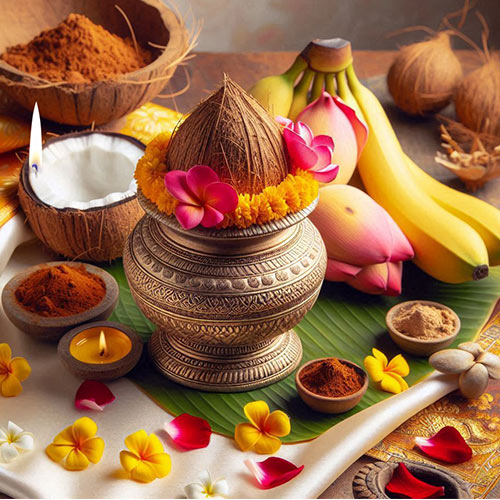
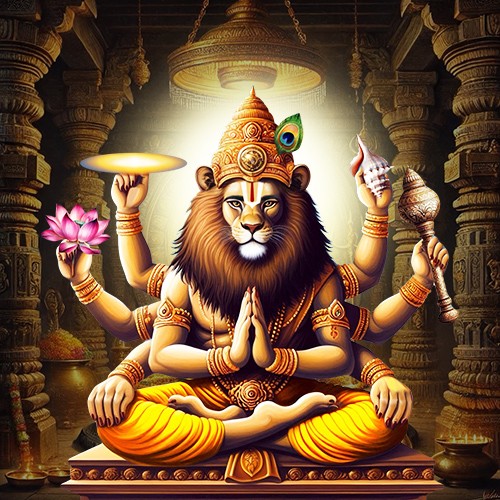
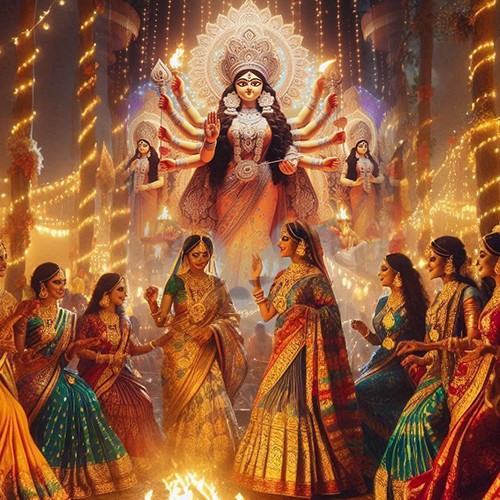
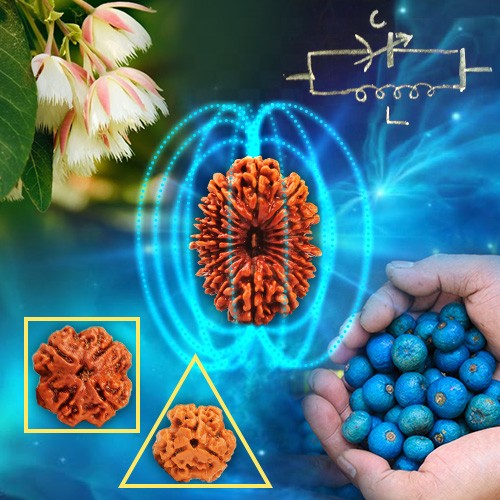

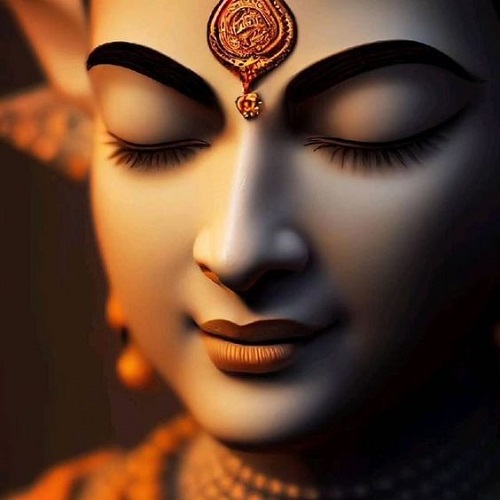
.jpg)
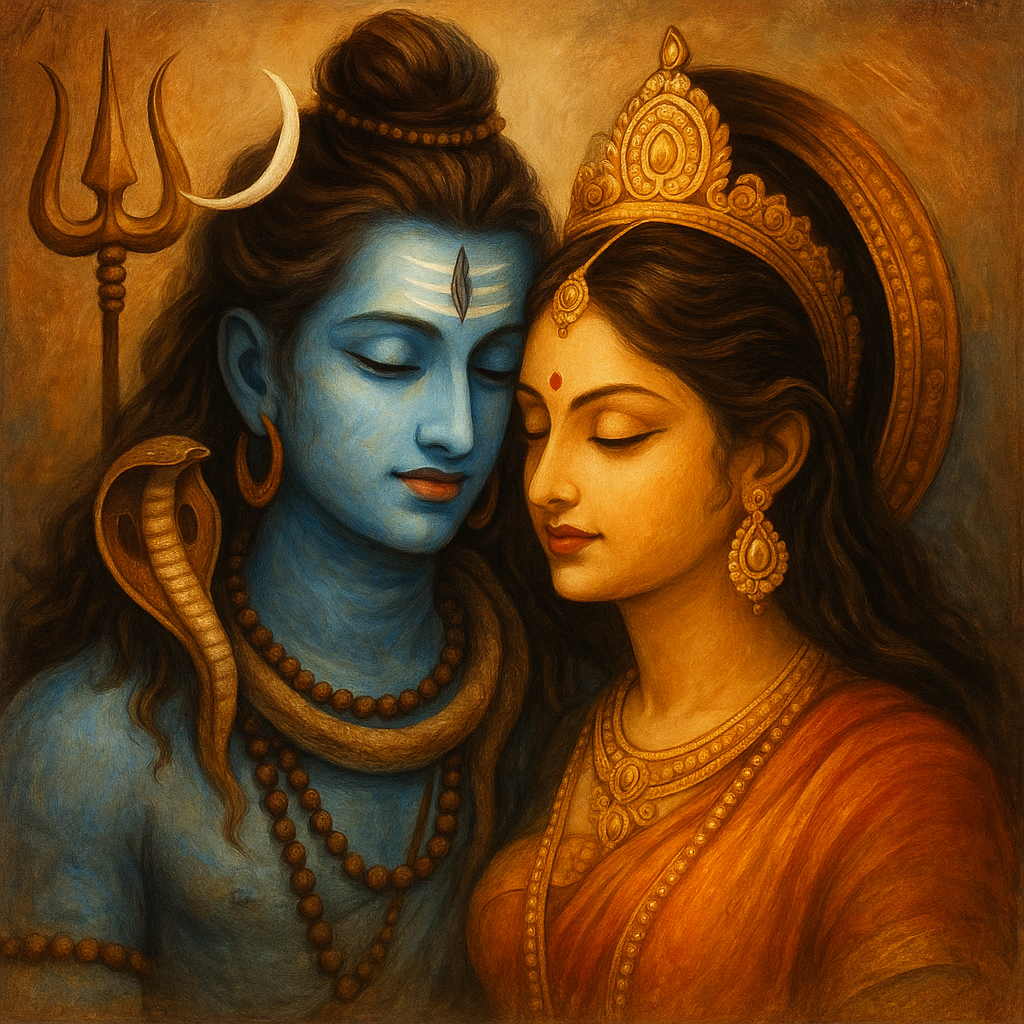

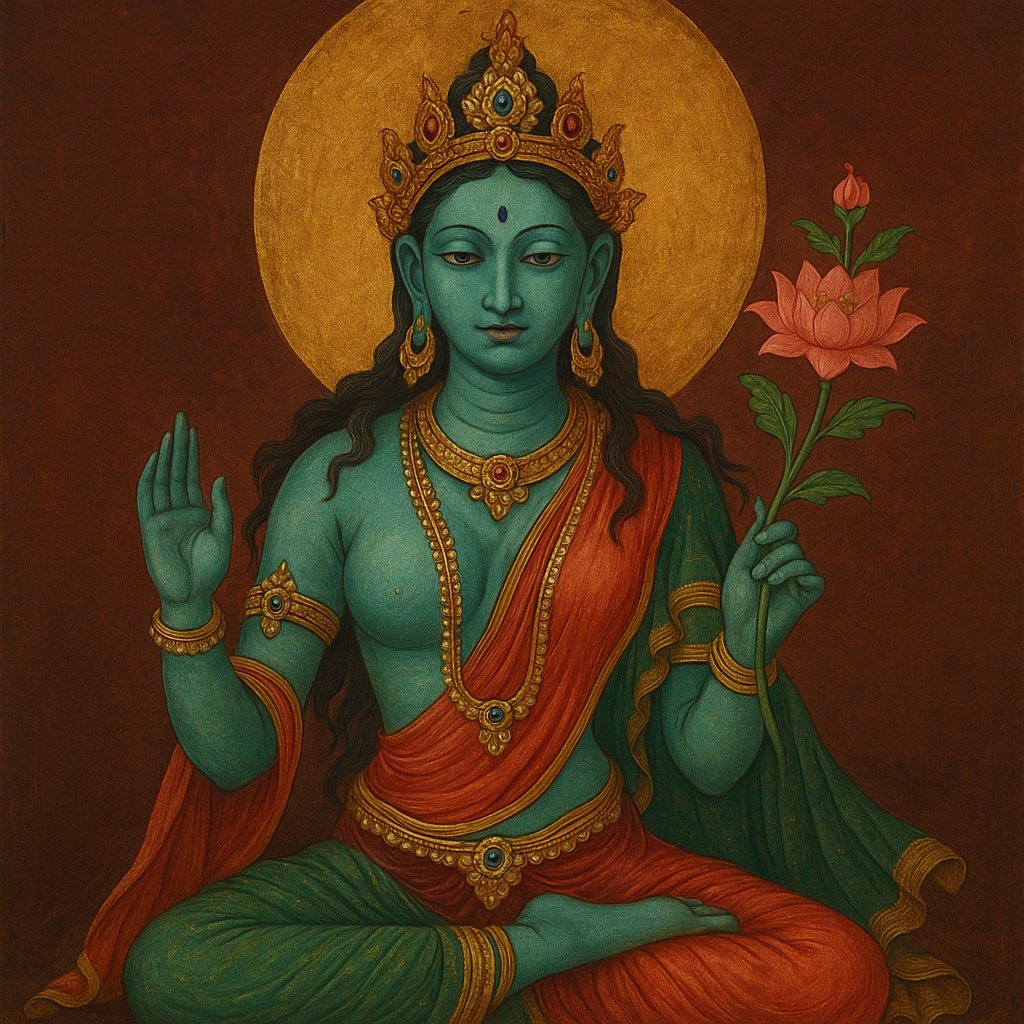
Rakesh Gupta
|July 16, 2024
Very enlightening